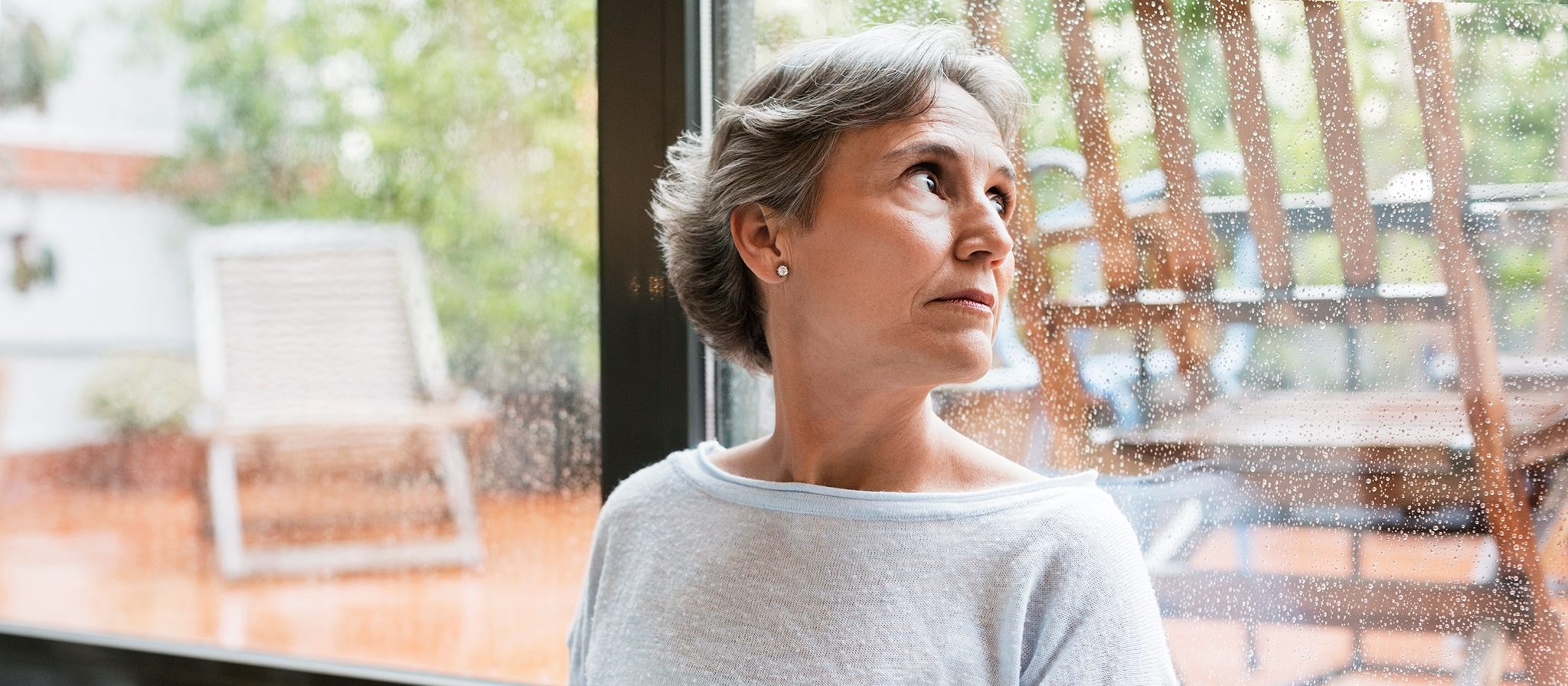Do you know how to check yourself for breast cancer?
Breast cancer is the second most commonly diagnosed cancer in Australia (data as of 2024)1
Over 21,000 new cases of breast cancer were diagnosed in 2024, which made up 13% of all cancers diagnosed that year.1 Luckily, there is a ~92% chance of surviving at least five years after you’ve been diagnosed with breast cancer.1
This Breast Cancer Awareness Month make sure you know how to check yourself for the signs of breast cancer - because early detection increases your chances of survival.1
How do you check yourself for breast cancer?
The key here is knowing your breasts, how they normally look and feel. You can do this when you hop in the shower, when you get dressed or when looking in the mirror.1 Once you are familiar with how your breasts look and feel, keep an eye out for changes such as:1,2
- Lumps or bumps - particularly if it appears only in one breast or appear in your armpits
- Changes to the shape or size of your breasts
- Crusting, ulcer, redness or inversion (where the nipple points in towards you instead of out towards the world) of your nipples
- Discharge coming out of your nipples without being squeezed
- Redness or dimpling (looking like orange peel) on the skin on your breasts
- Unusual pain that won’t go away
Below is an easy guide on how to ‘self-exam’
Treatment options for breast cancer
The earlier you catch breast cancer the more treatment options there are available to you.1 Breast cancer comes in a variety of forms and treatment options will depend on the type and time of diagnosis.2 Options include:2,3
- Surgery - where some or all of the cancerous breast tissue is removed, sometimes along with the lymph nodes in the surrounding areas. If the whole breast is removed this is called a ‘mastectomy’ and if only a portion is removed it is called a ‘lumpectomy’.
- Radiation therapy - this is where a controlled dose of radiation is used to kill or damage the cancer cells. Radiation therapy may be used after surgery to mop up any leftover cancer cells.
- Chemotherapy - where anticancer drugs are used to kill cancer cells in your body - chemotherapy can be used before or after surgery or together with radiation therapy.
- Hormone therapy - where drugs that reduce your body’s levels of oestrogen or progesterone are given to stop or slow down breast cancers that react to these hormones.
- Targeted therapy - uses drugs that have been designed to attack specific features of cancer cells. Not all types of breast cancer will have these features, so targeted therapy is only an option for certain types of breast cancer.
If you notice any unusual changes in your breasts contact your doctor immediately.
More about breast cancer
Find out more about Breast Cancer including its symptoms and treatment options.
- Cancer Australia. (2025, September 9). Breast cancer in Australia statistics. https://www.canceraustralia.gov.au/cancer-types/breast-cancer/breast-cancer-australia-statistics [accessed October 2025]
- Healthdirect Australia. (n.d.). Breast cancer. https://www.healthdirect.gov.au/breast-cancer (healthdirect.gov.au [accessed August 2023]
- Cancer Council NSW. (n.d.). About breast cancer. https://www.cancercouncil.com.au/breast-cancer/about-breast-cancer/ [accessed August 2023]



